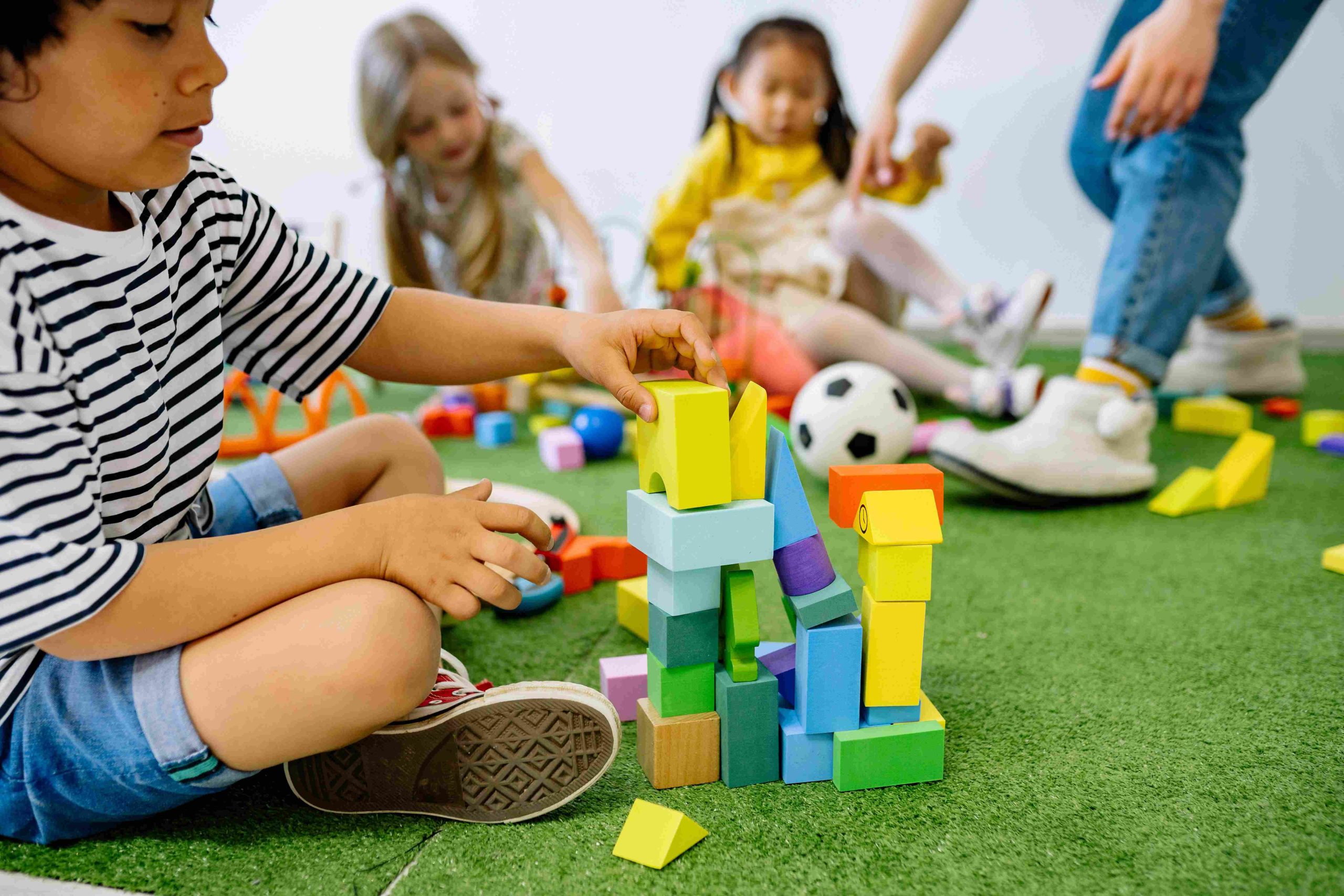
Reaching for Success: Understanding Movement and Physical Developmental Milestones in Preschoolers through Structured Activities
As preschoolers grow and develop, movement and physical skills become an essential aspect of their lives. Structured activities can help enhance these milestones while also improving their social, cognitive, and emotional development. In this article, we will explore the movement and physical developmental milestones in preschoolers and the role of structured activities in supporting these milestones.
Understanding the Movement and Physical Developmental Milestones in Preschoolers
The movement and physical developmental milestones in preschoolers refer to the skills that they should develop during this period. These skills include gross and fine motor skills, balance, coordination, and body awareness. The following are some of the critical milestones that preschoolers should achieve:
Gross Motor Skills:
Gross motor skills are movements that involve the larger muscles of the body. Examples include crawling, walking, sprinting, jumping, hopping, skipping, and climbing. Preschoolers should be able to walk independently, jump with two feet off the ground, and climb stairs with alternating feet.
Fine Motor Skills:
Fine motor skills involve smaller muscle groups, such as the hands and fingers. These skills include grasping, holding, cutting, drawing, and writing. Preschoolers should be able to hold and use a pencil or crayon to make marks on paper.
Balance and Coordination:
Balance and coordination are crucial for preschoolers to carry out various physical activities. These skills include balancing on one foot, standing on tiptoes, and throwing and catching a ball. Preschoolers should be able to walk a straight line without falling and throw and catch a ball with both hands.
Body Awareness:
Body awareness involves understanding one’s body’s position and movement in space. This skill includes performing movements in different directions, such as backward, sideways, and forward. Preschoolers should be able to hop on one foot and march in place.
The Importance of Structured Activities in Preschooler’s Development
Structured activities are planned activities that focus on specific skills and objectives. These activities can support preschoolers’ physical, social, emotional, and cognitive development. Here are some benefits of structured activities in preschoolers’ development:
Improved Physical Development:
Structured activities can improve preschoolers’ gross and fine motor skills, balance, coordination, and body awareness. They help develop physical abilities and improve overall health and well-being.
Enhanced Social Skills:
Structured activities also help preschoolers develop social skills such as sharing, taking turns, and working together. They provide opportunities to make new friends and build positive relationships.
Increased Emotional Development:
Structured activities support preschoolers’ emotional development by providing a safe and supportive environment to express feelings. They help develop self-esteem and confidence.
Improved Cognitive Development:
Structured activities also improve preschoolers’ cognitive development by enhancing problem-solving, memory, and concentration skills. They provide opportunities to learn new concepts and ideas.
Examples of Structured Activities for Preschoolers
Structured activities for preschoolers can include a wide range of activities, from physical activities to arts and crafts. Here are some examples:
Obstacle Course:
An obstacle course is an excellent way to improve preschoolers’ gross motor skills, balance, and coordination. It includes activities like jumping, crawling, climbing, and balancing.
Dance Party:
Dancing improves coordination and body awareness. Encourage preschoolers to move their bodies to the beat and incorporate different dance styles.
Scavenger Hunt:
A scavenger hunt improves problem-solving skills and body awareness. Hide objects and provide clues for preschoolers to find them.
Sensory Play:
Sensory play activities help develop fine motor skills and body awareness. Set up a sensory table with materials like sand, water, playdough, or rice.
Arts and Crafts:
Arts and crafts activities develop fine motor skills and creativity. Provide materials like paints, paper, and child-friendly scissors.
Conclusion
Preschoolers’ movement and physical developmental milestones are critical for their overall development. Structured activities provide ample opportunities to develop these milestones while also improving social, emotional, and cognitive development. It’s crucial to create a secure and encouraging environment for preschoolers to grow and develop these skills. By understanding the importance of movement and physical development and incorporating structured activities into daily routines, we support preschoolers in reaching their full potential.


